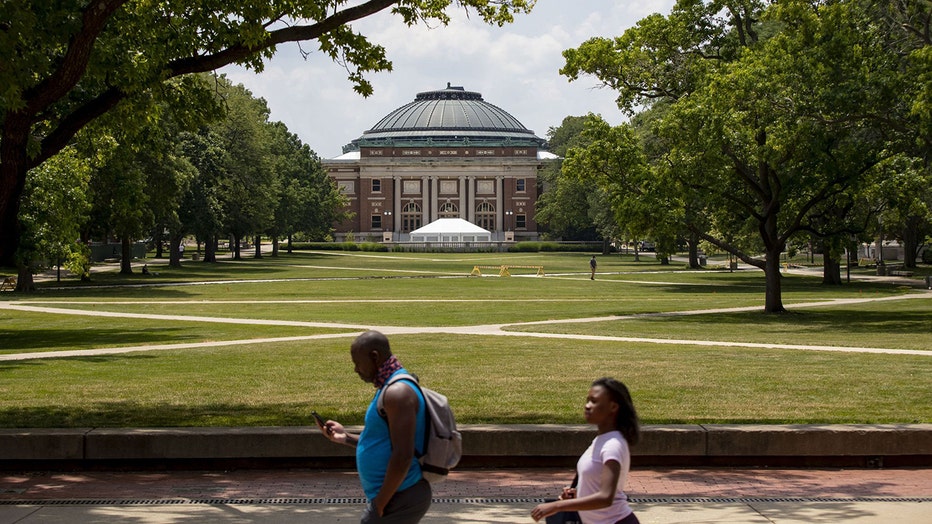Student loan collections on defaulted loans restart today: What to know

Student loans in default will be sent for collection
The Department of Education will begin collection in May for federal student loans in default, the Trump administration announced. There are currently approximately 5.3 million borrowers in default.
WASHINGTON - Student loans that are in default will be referred for collection, beginning on Monday.
Roughly 5.3 million borrowers are in default on their federal student loans and soon could be subject to having their wages garnished, according to the U.S. Department of Education.
Here’s what to know:
The backstory:
Referrals for collection of defaulted student loans had been put on hold since March 2020 because of the COVID-19 pandemic, when the U.S. government also paused federal student loan payments and interest accrual as a temporary relief measure.
That grace period was extended multiple times by the Biden administration and ended in October 2024. In April, the U.S. Education Department said it would begin collection on May 5, 2025, on student loans that are in default.

FILE - Students walk on the campus of the University of Illinois at Urbana-Champaign. (Brian Cassella/Chicago Tribune/Tribune News Service via Getty Images)
Big picture view:
A student loan becomes delinquent when a borrower doesn't make a payment 90 days after its due date. If you continue to be delinquent on your loan for 270 days — or roughly nine months — then your loan goes into default.
While being delinquent affects your credit score, going into default has more serious consequences. The loan appears on your credit report as being in default, and once a loan is in default the government will send the borrower into collections.
What we know:
Beginning May 5, the department is starting involuntary collection through the Treasury Department’s offset program. The department said borrowers who have student loans in default would receive communication from Federal Student Aid with information about their options.
Dig deeper:
Involuntary collection means the government can garnish wages, intercept tax refunds and seize portions of Social Security checks and other benefit payments to go toward paying back the loan.
Local perspective:
One of the borrowers facing more severe consequences is Kat Hanchon, who works in higher education information technology in Michigan.
"My stomach dropped immediately as soon as I read (the news)," Hanchon, 33, told the Associated Press. "I wanted to throw up because I already live paycheck to paycheck."
Hanchon said she owes nearly $85,000 in debt between their undergraduate and master’s degrees. And even with an income-driven repayment plan, Hanchon said she could not afford to pay those loans off on top of other expenses, including a mortgage and medical bills.
The last time Hanchon remembers being able to make a student loan payment was September 2024. "I couldn’t even afford the like $55 that they were trying to charge me ... because it’s that tight of a budget," she said.
My student loan is in default. Now what?
What you can do:
The Education Department recommended that borrowers visit its Default Resolution Group to make a monthly payment, enroll in an income-driven repayment plan, or sign up for loan rehabilitation.
Borrowers in default must ask their loan servicer to be placed into such a program. Typically, servicers ask for proof of income and expenses to calculate a payment amount. Once a borrower has paid on time for nine months in a row, they are taken out of default, according to Betsy Mayotte, president of The Institute for Student Loan Advisors.
But loan rehabilitation can only be done once.
The Source: This story was reported using information shared by the U.S. Department of Education and an interview by the Associated Press. It was reported from Cincinnati, and the AP contributed.

